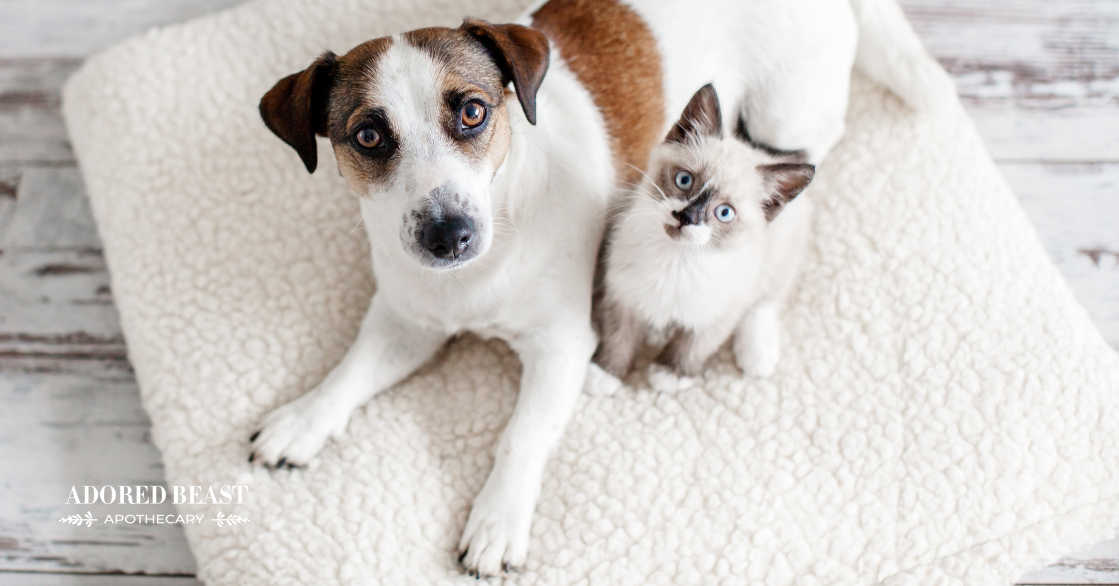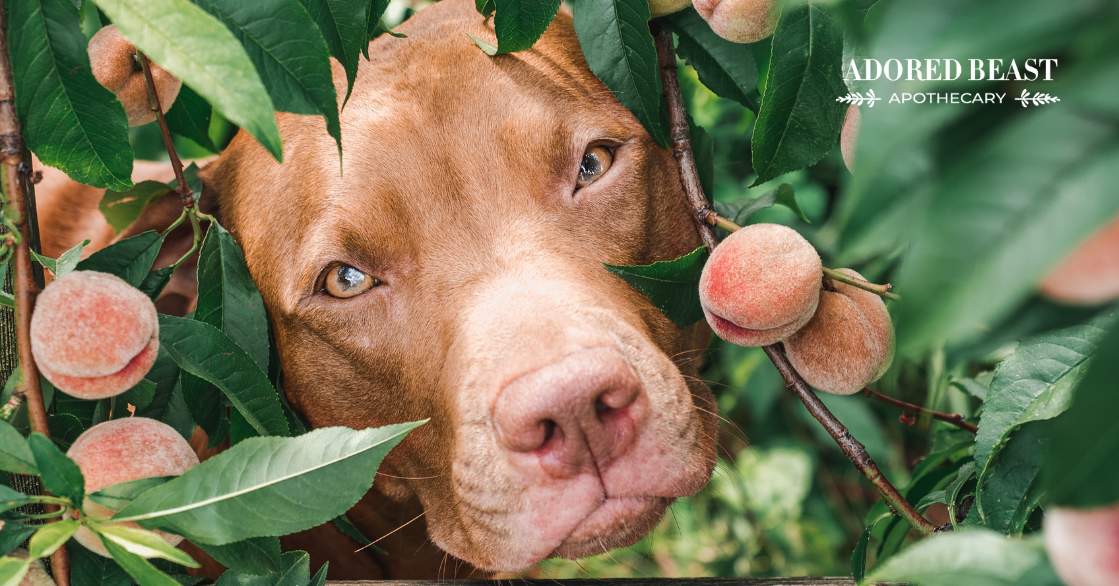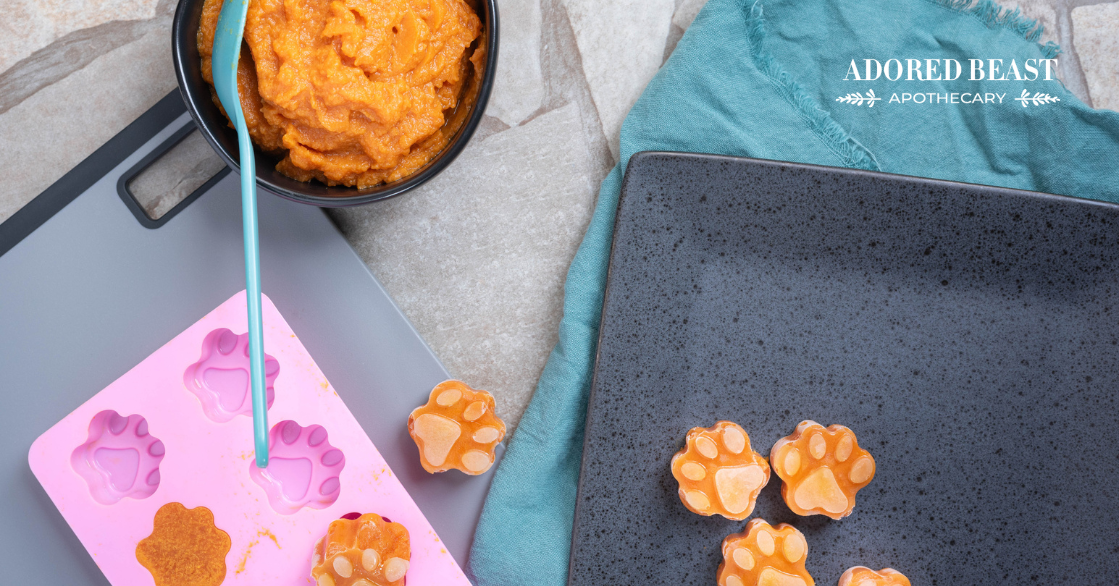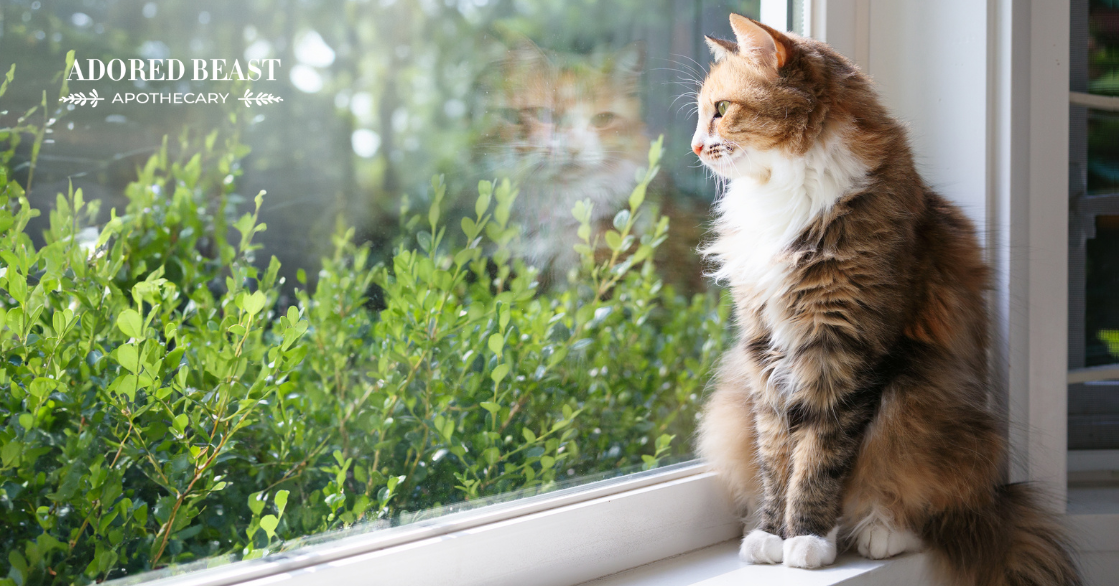A lack of minerals is a serious issue for our dogs and cats. It’s one of the underlying causes of some major chronic diseases.
For me, our animals bring the most unconditional love and life lessons to us as humans. After seeing chronic disease in my vet clinic for more than 25 years, it has become my life’s purpose not just to try and alleviate immediate pain and suffering in our animals, but also to constantly dig to find and eradicate the root cause.
Over time, and with much research, I’ve discovered that one of these root causes is the dreaded mineral deficiency. In fact, as Nobel Prize winner Dr Linus Pauling concluded, “You can trace every sickness, every disease, and every ailment to a mineral deficiency.” And while I would add emotional suppression and stress to the list, the fact is that, in today’s society, mineral depletion is a serious national health concern that affects all beings.
Today I want to talk about the impact of mineral deficiencies in dogs and cats. Let’s talk about why this is happening and how we can help bring things back into a state of homeostasis.
Ancient Minerals and Mineral Deficiencies in Dogs and Cats
Historical minerals are vital to support the physiological process of maintaining life. (Historical here means the minerals that were abundant before the industrial farm age). For those feeding our animals (and ourselves) as much fresh, whole food as possible, ideally we would all get our minerals this way. Unfortunately that’s no longer possible. While these minerals were once obtained through food, they’re now almost completely depleted from our soil. They’re no longer in what we eat. Thanks to modern farming techniques, any valuable minerals that may have once been on our fruits and vegetable are gone.
And a loss of minerals in general is a big issue for our animals.
Here are just a few symptoms of mineral deficiencies in dogs and cats:
- Skin disease that is often mistaken for allergies
- Low immunity (chronic infections) or hyper-immunity (autoimmune disease)
- Endocrine disorders like hypothyroidism or hyperthyroidism
- Gastrointestinal disorders (soft stool, constipation, chronic vomiting, poor appetite)
- Pica (eating indigestible things like sticks, plastic)
- Poor absorption of food
- Organ malfunction
- Brain disorders (seizures)
As you can see, mineral deficiencies in dogs and cats can be highly problematic. Our animals NEED those nutrients for health and longevity, and when they don’t get them, it shows.
Knowing that a deficiency can be a root cause of so many issues, of course I made it a personal goal to find something to fill that gap. I wanted to be able to provide the widest range of nutrients possible to counteract environmental toxins and depletions that lead to chronic ill health.
And what I found was that two of most important minerals are humic and fulvic acid…
Humic and Fulvic Acid
When you think of humic acid, just imagine a powerhouse that’s been preserved deep within the earth. It’s like a vault of organic minerals and trace elements from primal living fruits, vegetables, and even ancient seaweed. Obviously, to reproduce this material chemically is completely impossible!
Fundamentally, humic acid works on a cellular level. It focuses on the outside of the cell, where it intercepts toxins and viruses. This prevents them from attaching to the cell. Humic acid also fights inflammation by hampering malignant changes in cells. Its ability to physiologically regulate disease, rebalance some serious pathologies and replenish nutrient levels is fascinating. Because of its chelation and detoxification attributes, humic acid also has incredible benefits for the gut. It can help eliminate toxic intruders, allowing prime absorption of food and supporting the immune system to work at its optimum level!
Fulvic acid, a fossil-like organic acid, is found in unique areas of the world approximately 200 feet deep into the earth. It’s the original set of molecules created from sea vegetation millions of years ago when the ice age in Canada covered the mineral rich seabeds. Fulvic acid was created by humification (the formation of humic substances that reached maturity) from decomposed plant remains (in this case, seaweed).
On a cellular level, fulvic acid teams up with its counterpart, humic acid. Remember, humic acid is extracellular, while fulvic acid is a much smaller molecule focused on the intracellular level. It does this by creating more permeability to the cell membrane. This allows a greater body of bioavailable nutrients to actually enter the cell, at the same time binding together with water. It’s paramount in assisting the body with the natural action of the removal of toxins.
The Benefits of Fulvic and Humic Acid
Adding fulvic and humic acid provides a multitude of benefits, both with regard to mineral deficiencies in dogs and cats, and to just generally promote health and wellness.
1. Gut Health = Healthy Immune System
Fulvic and humic acids are full of nutrients that can promote a healthy gut.
Together they contain electrolytes, fatty acids, silica, and pre- and probiotics, all of which support the creation of the microbiome’s ecosystem. This in turn boosts the body’s defense against harmful bacteria, fungus, yeast and other organisms.
Research has also shown how these acids can help with symptoms of SIBO (small intestine bacterial overgrowth), inflammatory bowel disorders and bacterial infections (respiratory, urinary tract, etc) and also improve the body’s defense against harmful bacteria, fungus, yeast and other organisms.
2. Improve Digestion And Nutrient Absorption
For proper metabolic functions, digestive health and nutrient assimilation, your pet needs to get enough electrolytes and other trace minerals. And, by obtaining the organisms and raw nutrients, allergy symptoms like food sensitivities and digestive issues like diarrhea significantly improve.
3. Brain Health
A study done in 2011 shows that fulvic acid can lower Tau, a type of protein that has been linked to cognitive disorders. It does this by lowering the length of Tau fibrils and their morphology, disassembling their performance and significantly decreasing disease progression. Fulvic acid is also full of antioxidants that help prevent free radical damage (which can lead to cognitive disorders).
4. Protection from Toxins
We are all bombarded by toxins in the environment – especially our pets. Because fulvic and humic acids have ion-selective electrodes, they can attract heavy metals that enter the body. This can be through the food supply, water, prescription medications, household products, and air pollution. This means they offer an incredible natural chelation therapy to rid the body of these harmful toxins.
[RELATED] There are many ways to help your animal detox from life’s daily attacks.
Preventing and Managing Mineral Deficiencies in Dogs and Cats
When it comes to minerals, there are so many kinds to choose from. But be really careful! Synthetic or non-organically occurring minerals will stay in the system way too long and can be destructive and toxic to the body. Minerals should act more like water soluble vitamins. This is one of the reasons there’s a daily need to replenish them through the natural process of eating food.
On the other hand, the correct synthesis of organically derived minerals in their natural ionic state (charged by the earth’s ionic process) feeds the cells and can actually work as chelation therapy by removing toxic mineral or heavy metals.
As mentioned, I believe fulvic and humic acid to be two of the most important. Together, they provide your dog with numerous amino acids, phytochemical compounds, and trace minerals.
There are many fulvic and humic acid products available, so buy one from a reputable source. You can mix it with your pet’s food, in the following approximate daily doses:
- Cats under 5 lbs: up to 50 mg
- Cats 6 to 11 lbs: up to 100 mg
- Cats 12 to 20 lbs: up to 150 mg
- Cats over 20 lbs: up to 200 mg
- Dogs under 30 lbs: up to 279 mg
- Dogs 30 to 59 lbs: up to 558 mg
- Dogs 60 to 89 lbs: up to 837 mg
- Dogs over 90 lbs: up to 1,116 mg
Our Fido’s Flora and Felix’s Flora contains both fulvic and humic acid, so it’s an ideal supplement to try!
I firmly believe that if we don’t always take what we’re “told to do by big Pharma” or “science based research” that was funded by big Pharma, but looked to what historically Mother Nature intended to keep us (and our animals) thriving, we would see a very clear path that ultimately “Mother really did know best.” We all need to try as hard as we can to support our earth in regaining its balance. Then, and only then, can we find the health and balance we all strive for in our lives and the lives of our beloved beasts.












